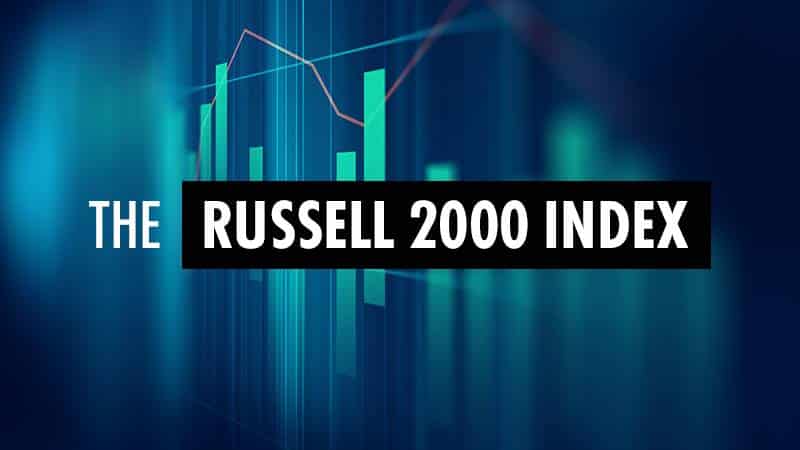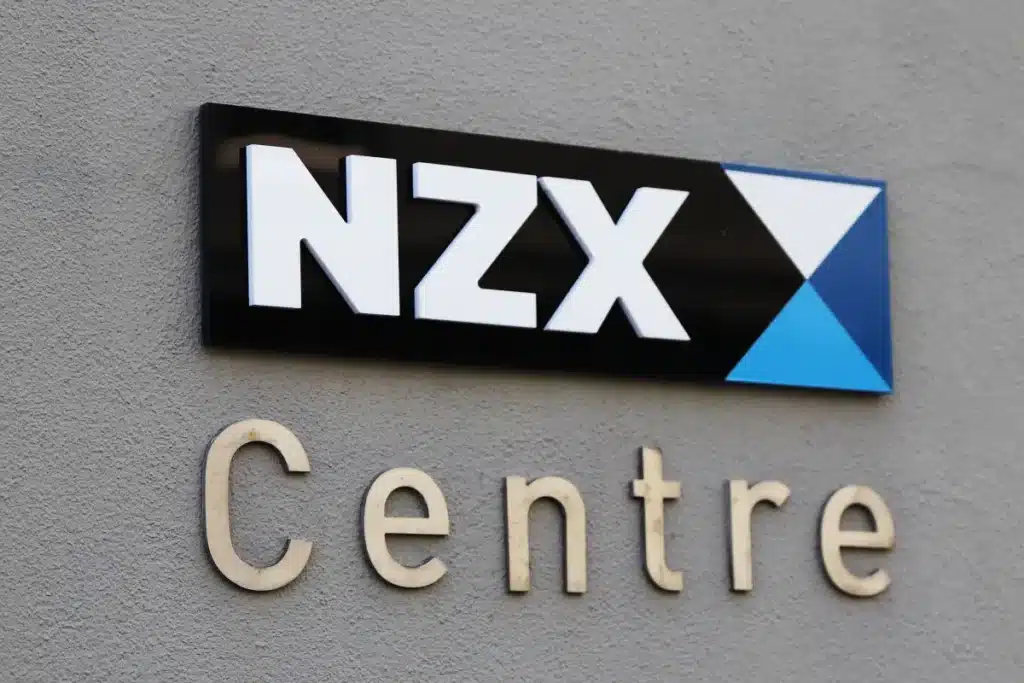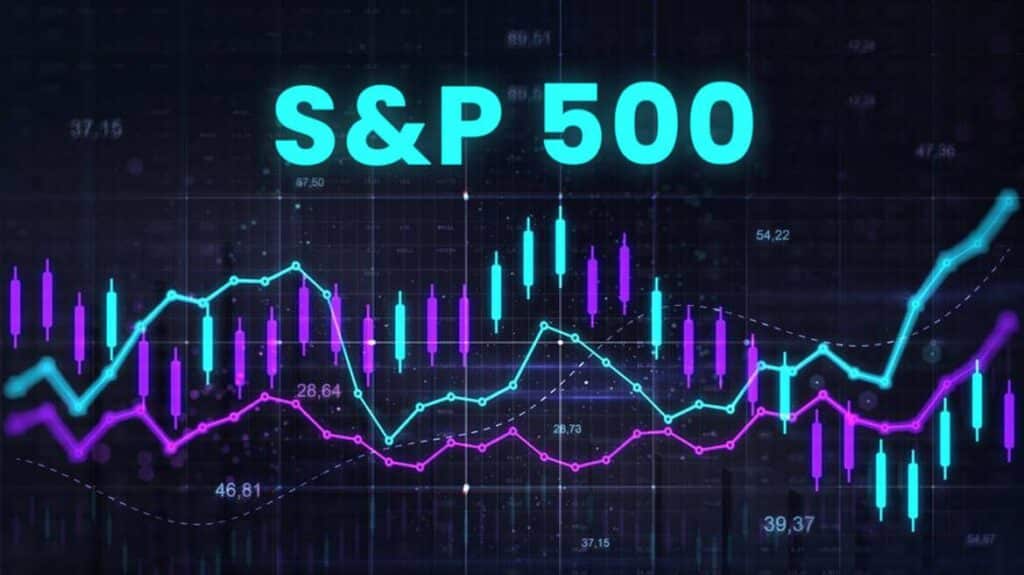Trump Tariffs Come Into Effect; S&P 500 Closes Below 5,000 – What’s Moving Markets
This Wednesday marks a significant day for global markets, as President Donald Trump’s tariffs have officially come into effect. These tariffs have been applied widely across both allies and adversaries, signaling a bold stance by the U.S. on its trade policies. This move has led to a notable ripple effect across global financial landscapes, impacting stock indices, commodity prices, and investor sentiment.
U.S. Stock Futures and the S&P 500 Movement
U.S. stock futures are treading water and remaining relatively flat following the announcement, reflecting the market’s uncertainty about the long-term impact of these tariffs. The S&P 500 index, a key barometer of U.S. stock market health, recently closed below the 5,000 mark. This dip highlights the cautious approach investors are currently taking, wary of the potential economic fallout from escalating trade tensions.
Investor Sentiment in Focus
Several factors are keeping investor sentiment in check. For one, there’s a palpable fear that these tariffs could lead to a broad slowdown in global trade, which in turn might tip economies closer to a recession. Goldman Sachs has noted that recession risks are not fully priced into the market, despite a considerable selloff that suggests many investors are already bracing for challenging economic conditions.
Reactions from China and Commodity Prices
China, one of the key players in this economic standoff, has pledged a firm response to these new U.S. tariffs. Beijing’s central bank reportedly urged state banks to slow down on purchasing the U.S. dollar, a strategic move intended to shield its financial system from external shocks. Meanwhile, gold prices have surged, as investors flock to this safe-haven asset amidst growing market volatility. With the tariffs in place, gold’s appeal has increased as a means of safeguarding wealth in uncertain times.
Looking Ahead: Preparing for Potential Market Reactions
While the full impact of these tariffs remains uncertain, it’s crucial for investors to remain vigilant in the coming weeks. As these developments unfold, it is anticipated that industries highly reliant on trade, such as technology and manufacturing, may face the most pressure. Traders and investors should keep an eye on corporate earnings, particularly in sectors heavily exposed to international markets, as these could offer further clues about the economic implications of the tariffs.
In conclusion, as the tariffs begin to reshape the market landscape, staying informed and adaptive will be key. Market participants are encouraged to closely monitor both domestic and international reactions, as these will likely drive the next chapter in this ongoing trade narrative. For those navigating these choppy financial waters, a blend of caution and strategic foresight could be the best course of action moving forward.
Understanding Today’s Top Analysis
Investing in the stock market can be both exciting and challenging, especially when global economic policies influence market movements. Here’s a closer look at today’s most talked-about analyses, offering insights into what’s shaking up the financial landscape.
Is Something About to Blow Up in the Credit Markets?
In this analysis, the potential instability looming in the credit markets is dissected. The concern here is that rising interest rates, coupled with geopolitical tensions, could stress the financial system. Understanding how these credit markets function is crucial, as they are a significant pillar supporting corporate financing. A disruption could ripple through the economy, affecting stock prices, investment portfolios, and even daily consumer credit availability. Stay informed and consider diversifying your investments to manage potential risks.
No Hurry to Buy Gold or Silver Right Now
This piece highlights the current sentiment around precious metals. Historically, gold and silver have been trusted as safe-haven assets during market turmoil. However, despite the recent tariff-induced volatility, the analysis suggests that prices haven’t adjusted enough to reflect these geopolitical uncertainties fully. With other investment avenues perhaps offering better short-term returns, now may not be the prime time to dive into precious metals. Keep an eye on the economic environment and prepare to pivot should market conditions shift rapidly.
Upside Down CAPM and the Trump Recession
In this intriguing analysis, the Capital Asset Pricing Model (CAPM) is used to examine the purported ‘Trump Recession.’ CAPM is a financial model that describes the relationship between systematic risk and expected return for assets, particularly stocks. The concept of an ‘upside down’ CAPM applies this model in reverse to scrutinize the effects of policy changes, like imposed tariffs, on expected market outcomes. By understanding CAPM, investors can better gauge risk and adjust portfolios accordingly in anticipation of economic downturns.
Crude Oil Slump Could Extend as Tariffs Compound Supply-Driven Weakness
This analysis delves into crude oil’s recent market performance, influenced by a complex interplay of supply conditions and international trade policies. The added burden of tariffs, especially those mentioned, may exacerbate existing supply issues, leading to further drops in oil prices. For investors dealing in energy stocks or commodities, staying attuned to these developments can assist in decision-making processes related to buying or selling positions. Adaptive strategies in the face of such market conditions are crucial for maintaining portfolio health.
The Market Is Starting to Look Really Ugly
Last but certainly not least, this analysis paints a cautious picture of the current stock market state. Various factors, including economic policies and market sentiment, contribute to an outlook described as “ugly.” For seasoned investors and newcomers alike, it’s essential to understand the underlying reasons behind such sentiment shifts. Evaluating your investment strategy with an eye towards risk management and diversified assets can help to weather any approaching financial storms.
Each of these analyses provides a valuable perspective on current market dynamics, helping investors make informed decisions. By exploring these insights, you can refine your approach and bolster your investment strategy to accommodate both opportunities and challenges.
Understanding the Key Headlines: Market Shift Amidst New Tariffs
Today, we’re diving into some significant movements in the stock market following the recent implementation of tariffs by former President Donald Trump. The current headlines are focused on how these tariffs are influencing the markets, economies, and countries across the globe. Let’s break down what’s happening and why these developments are crucial for investors.
U.S. Stock Futures Edge Higher
Amidst the implementation of new tariffs, U.S. stock futures have seen a slight upward trend, but overall sentiment remains cautious. Markets are still reacting to the new tariffs on a range of goods, influencing trading behaviors and investor willingness to commit capital. Stock futures being “slightly higher” suggests there’s some optimism or resilience among investors, yet it’s tempered by underlying concerns about the broader implications of these tariffs.
Recession Risks Not Fully Priced
Goldman Sachs has raised a red flag, indicating that the risks of a recession may not be fully reflected in current market prices. Despite a massive selloff, this analysis points to potential vulnerabilities that are yet to be absorbed by the market. For investors, this means being cautious and prepared that some challenging days might lie ahead. Understanding how recession fears can affect investment strategies is critical, and staying informed on analytical insights is always a good move.
China’s Response to U.S. Tariff
China has pledged a “resolute response” to the U.S. tariffs, signaling that trade tensions between the world’s largest economies could intensify. This promise of strong action by China adds complexity to the current economic landscape, potentially impacting global markets. For investors with international exposure, there is a need to closely monitor this dynamic as it could influence exchange rates, stock prices, and economic growth trends globally.
Gold Prices Surge
With economic uncertainties on the rise due to the tariffs, investors are flocking to gold, which is traditionally seen as a “safe haven” asset. This increase in gold prices reflects its appeal during times of instability. Understanding the role of gold in a diversified portfolio can be advantageous for those looking to hedge against market volatility. Whether or not you’re considering investing directly in precious metals, the movement in gold prices is a significant indicator of broader market sentiment.
China’s Central Bank’s Dollar Purchases
Reports from China indicate the central bank is urging state banks to “put a brake” on dollar purchases. This strategic move can influence the strength of the yuan against the dollar and is likely a reaction to manage economic pressures stemming from the new tariffs. For investors, this is a crucial development as it could affect currency exchange rates, trade balances, and ultimately, the valuation of cross-border investments.
These headlines underscore a pivotal moment in global market dynamics, influenced strongly by shifts in U.S. trade policies. For investors, staying informed about such geopolitical and economic factors is vital. As always, make sure your investment decisions are well-researched and consider seeking guidance from financial advisors knowledgeable about these evolving circumstances.








